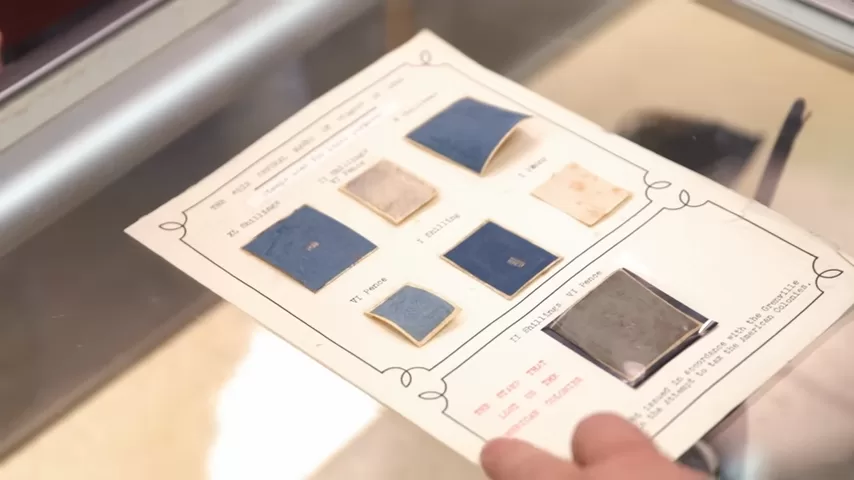It’s not every day that a stamp brings the weight of revolution to the counter of a pawn shop—but that’s exactly what happened when a seller walked in carrying a framed collection of British revenue stamps, including one rare and powerful relic: a 1765 Stamp Act stamp issued for use in the American colonies.
At first glance, it might look like just another old piece of paper, faded and printed in dark blue. But its historical impact? Monumental.
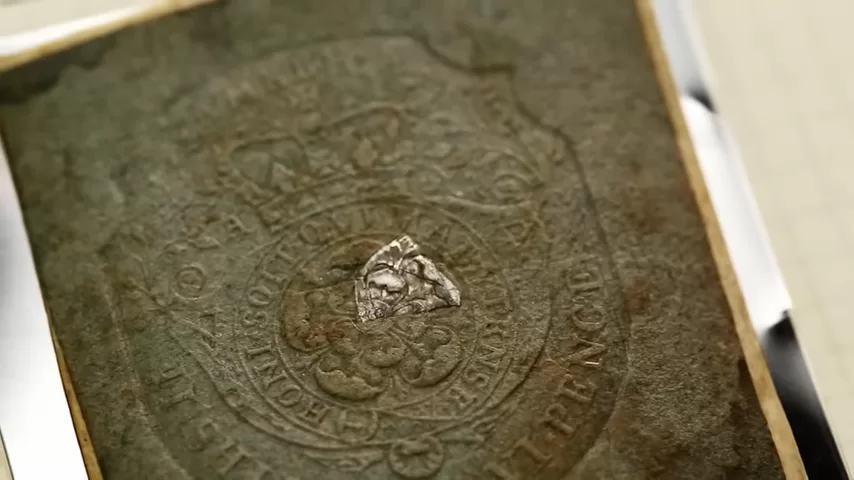
“This is the stamp that lost us the American colonies,” one shop employee said. That wasn’t just a dramatic turn of phrase. It was historical fact.
What Was the Stamp Act of 1765?
The Stamp Act of 1765 was a law passed by the British Parliament requiring colonists in the American territories to pay a tax on printed materials. That meant newspapers, legal documents, playing cards—even dice—had to carry a revenue stamp showing the tax had been paid.
Why? Britain had just finished fighting the French and Indian War (Seven Years’ War), which left the empire with a massive debt. Parliament figured it was only fair for the colonies—who had benefited from the war’s outcome—to help pay the bill.
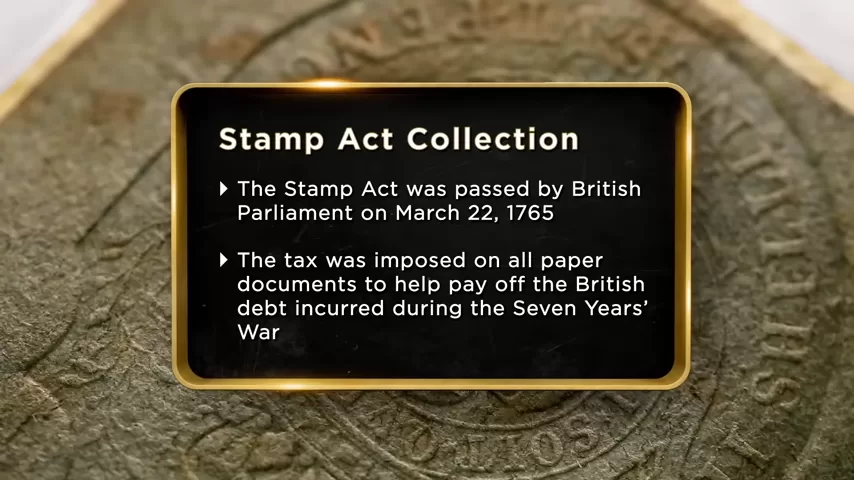
The problem? Colonists weren’t represented in Parliament and had no say in the matter. What Britain saw as a minor tax, the American colonists saw as tyranny.
“No taxation without representation” became the rallying cry—and this little stamp became the symbol of rising rebellion.
A Stamp Worth a Revolution—and $1,000
The seller wasn’t a stamp collector. He just knew the stamps were “very old and looked important.” He originally asked for $250, hoping to walk away with something modest.
What he had was far more valuable.
When a local expert in British and colonial revenue stamps examined the item, the verdict was clear: a genuine 1765 Stamp Act revenue stamp marked “America.”
“This one says ‘America’—so we’re in business,” the expert confirmed.
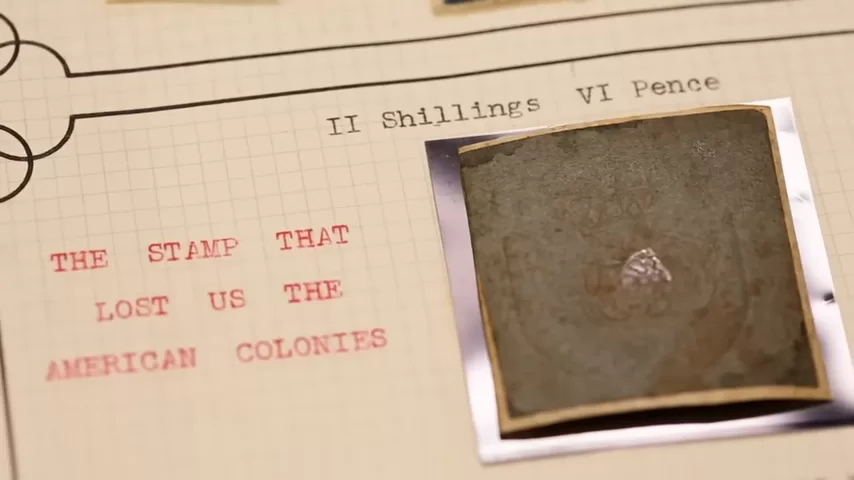
Most surviving stamps from the Stamp Act period were issued in small numbers. The act was repealed in 1766, just months after its introduction, following massive protests and the first widespread unification of American colonists against British rule. That made these stamps historically important—and rare.
While similar items might sell for $400–$500 at a specialty auction, this collection—complete with other rare British fiscal stamps—was appraised at $1,000 for advanced collectors.
“It’s easily a $1,000 item,” the expert noted, pointing out the completeness and context of the set.
The British Revenue System and American Rage
To modern eyes, a stamp might seem like an odd hill to die on. But in 1765, it was the final straw in a long line of perceived injustices.
British revenue stamps had long been used across the empire to fund the government. Most British citizens accepted them as part of everyday life. But for American colonists, it was different. The Stamp Act:
- Was enacted without colonial input
- Affected nearly every aspect of life, from business to leisure
- Was seen as a direct challenge to local self-rule
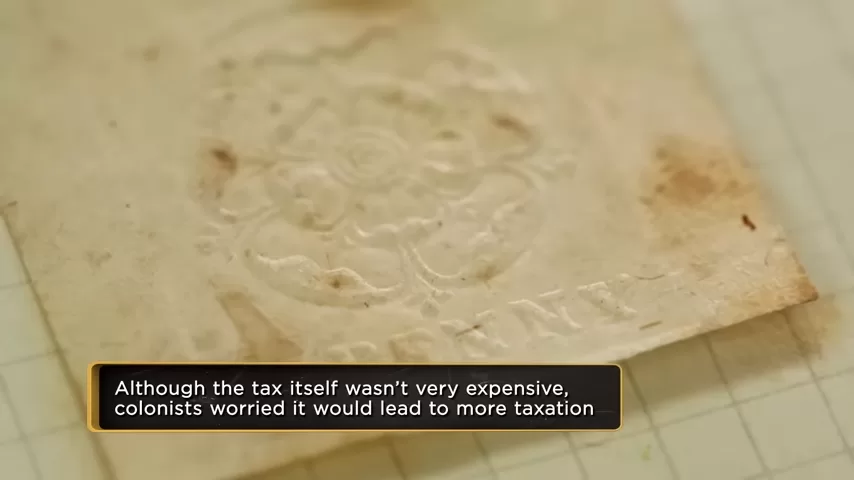
The backlash was intense. Protests erupted, stamp agents were harassed or forced to resign, and the Sons of Liberty emerged as a political force. The colonies boycotted British goods, and by 1766, the act was repealed.
But the damage was done.
“The Stamp Act didn’t just tax paper,” said the expert. “It ignited a revolution.”
Negotiating the Price of History
With a $1,000 appraisal in hand, the seller reconsidered his original $250 ask. When the shop offered $450, he declined. When they bumped it to $600, he still wasn’t ready.
“That’s almost selling them for half of what they’re worth,” he said. “I might just take them home and show my boss.”
The final deal? $650. A good compromise—and more than double what the seller originally expected.
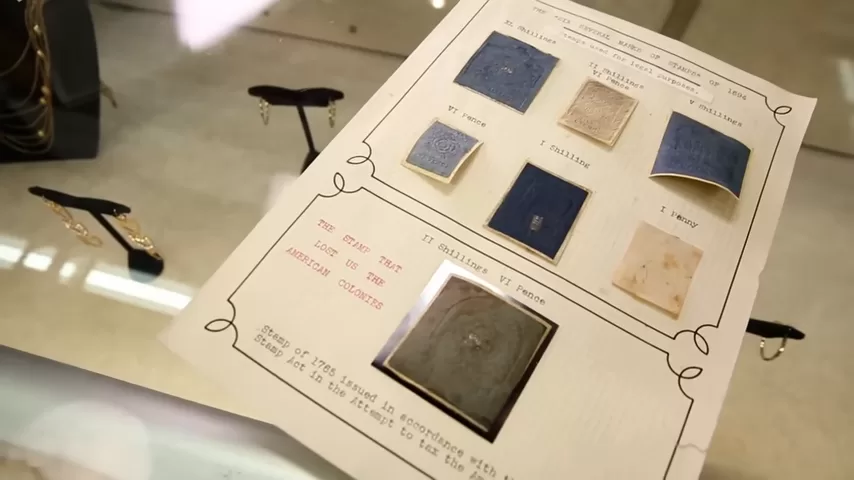
“I’m leaving here with $650,” he smiled. “And that’s awesome.”
Why It Matters Today
These stamps aren’t just collectibles. They are primary documents of one of the most pivotal chapters in American history. They represent:
- Colonial resistance
- The origins of American identity
- The spark that led to the Revolutionary War
For collectors, a genuine Stamp Act stamp—especially one marked “America”—is a rare gem. For historians, it’s a reminder that revolutions don’t always begin with bullets. Sometimes, they begin with ink and paper.
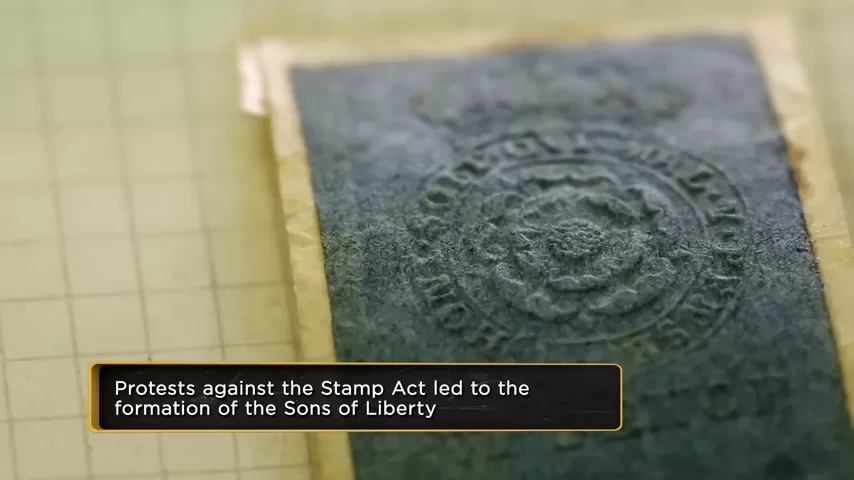
“Too bad my boss isn’t here,” one employee joked. “He’d be geeking out over this right now.”
And rightfully so.
Final Thoughts: Small Stamp, Giant Impact
In the world of historical collectibles, context is king. A rare stamp is one thing—but a stamp that helped trigger a revolution? That’s in a class of its own.
From a $250 guess to a $650 sale, the seller walked away happy. The buyer walked away with a valuable piece of early American history. And the stamp? It continues its journey—no longer a symbol of oppression, but of how a small act of resistance can change the world.
